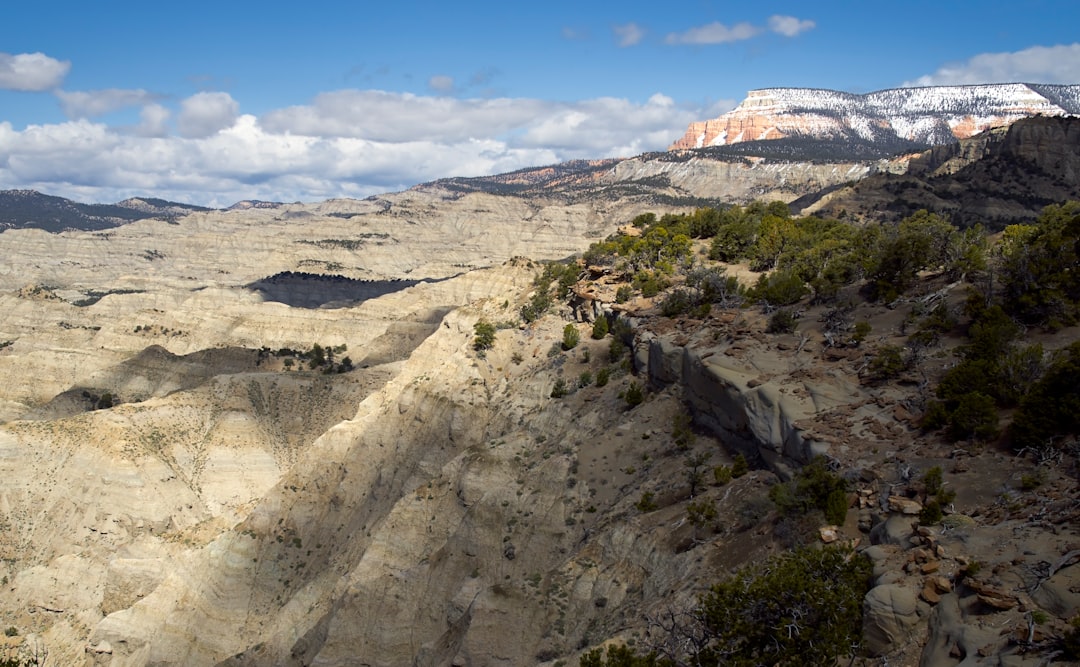What is it about?
Large benthic foraminifera (LBF) are unicellular marine organisms that build calcium carbonate shells and live in association with oxygen-producing photosymbiotic algae. They are a significant component of tropical and subtropical marine ecosystems and play an important role in the chemical and biological balance of the oceans. Studies investigating the response of these organisms to ocean acidification are essential for understanding the impact of future ocean acidification on shallow subtropical costal systems. In this study, growth rates and oxygen production of a widespread LBF species were measured in laboratory experiments that manipulated key carbonate chemistry parameters. The results show clear vulnerability of this species to lower pH, regardless of the levels of dissolved inorganic carbon (which is the sum of all inorganic carbon in seawater). This finding calls into question recent suggestions that differences in the vulnerability of foraminiferal species relates to shell structure and type of symbionts. Rather, our results highlight that these factors do not necessarily offer protection against ocean acidification.
Featured Image

Photo by Margaret Polinder on Unsplash
Why is it important?
This study contributes to our understanding of the impact of increasing carbon dioxide and ocean acidification on a key group of marine calcifiers on which relatively little experimental work has been performed to date.
Perspectives
This study represents a rigorous experimental investigation conducted during my PhD studies, focusing on the response of a specific model species to global environmental changes. My initial encounter with substantial populations of this species during my MSc studies sparked my interest in exploring its profound adaptability to evolving conditions. The experiment took place at the Hebrew University of Jerusalem, and while I was working on it, an extreme rare snowstorm struck. Despite the challenging circumstances, I remained committed to preserving the integrity of my extensive efforts. Braving the deep snow and potential hazards like fallen power lines, I marched to the university every day to tend to the experiment. Despite the university being temporarily abandoned and besieged, I was fortunate that working generators enabled me to continue my work when power was disrupted in many areas. I’m happy that I managed to successfully conclude this study, shedding light on previously unexplored aspects regarding the effects of climate change and ocean acidification on shallow marine ecosystems.
Shai Oron
University of Haifa
Read the Original
This page is a summary of: Differential Sensitivity of a Symbiont‐Bearing Foraminifer to Seawater Carbonate Chemistry in a Decoupled DIC‐pH Experiment, Journal of Geophysical Research Biogeosciences, September 2020, American Geophysical Union (AGU),
DOI: 10.1029/2020jg005726.
You can read the full text:
Contributors
The following have contributed to this page










